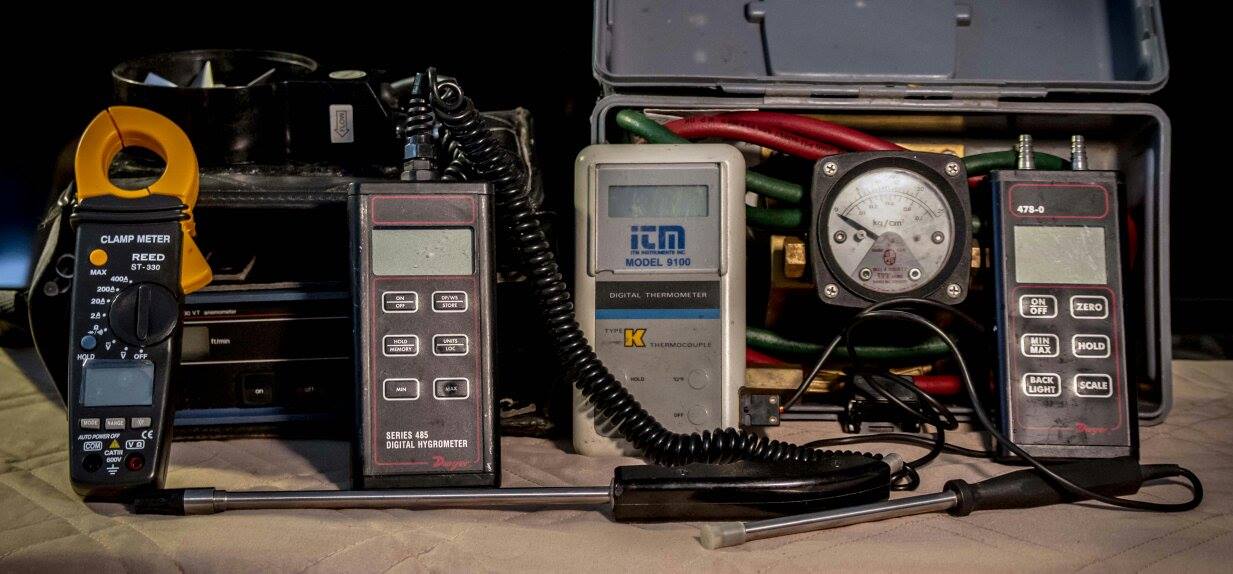Types of Tiles, What are quarry tiles, What are ceramic floors

Types of tiles speaks to what are quarry tiles and what are ceramic tiles.
These are a kind of hard finish flooring material which are often chosen for their resistance to wear and moisture.
Quarry Tiles
Quarry tiles are not, as might be guessed from their name, made of stone. They are simply large, fired clay tiles, usually square but sometimes rectangular, hexagonal, octagonal or other shapes. Sizes range from about 4 inches (100 mm) to 12 inches (300 mm) square, with thickness ranging from 3/8 inch (9 mm) to a full inch (25 mm) for some handmade tiles.
Quarry tiles are available in myriad earth colours, as well as in certain kiln applied colorations. They are usually set in a reinforced mortar bed, although in residential work they may be thin set directly to a subfloor of wood panels or tile backer boards. Tile setting methods are discussed elsewhere.
It is important that any subfloor to which tiles glued should be exceedingly stiff, otherwise, flexing of the subfloor under changing loads will pop the tiles loose. Additional subfloor thickness and/or stiff underlayments are advisable.
Ceramic Tiles
Fired clay tiles that are smaller than quarry tiles are referred to collectively as ceramic tiles. Ceramic tiles are usually glazed. The most common shape is square, but rectangles, hexagons, circles and more elaborate shapes are also available.
Sizes range from 1/2 inch (13 mm) to 4 inches (100 mm) and more. Smaller sized tiles are shipped from the factory with their faces adhered to large backing sheets of plastic mesh oe perforated paper. The tilesetter lays whole sheets of 100 or more tiles together in a single step rather than as single units. The backing sheet is easily removed by wetting it after the tile adhesive has cured.
Grout colour has a strong influence on the appearance of tile surfaces, just as it does for brick and stone. Many different premixed colours are available or the tilesetter may colour a grout with pigments.
Methods of installing ceramic tile on interior wall surfaces, discussed in the previous chapter, apply to floor tiling as well, and an example of ceramic tile installation is shown elsewhere. As in wall tiling applications, waterproof membranes may be integrated into floor tile assemblies in wet use locations.
Where tile are thickset over substrates that are cracked or or prone to excessive deflection, a slip sheet or cleavage membrane usually consisting of ordinary building felt, may be inserted between the mortar base and the substrate to isolate the assembly from the substrate and reduce the chance of cracking.
Where tile are thin set over problem substrates, crack isolation membranes or uncoupling membranes that preserve the necessary bond between the thinset compound and the substrate, but limit the transfer of stresses into the tile assembly, may be used.
Return from Types of Tiles to Home Page
Return from Types of Tiles to Finish Flooring
Hard copy and E book for sale. Introduction to Building Mechanical Systems. Click here.